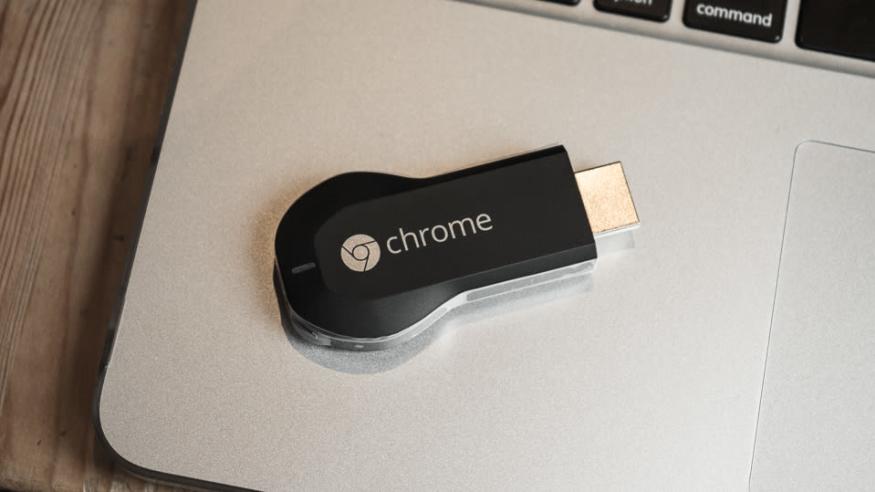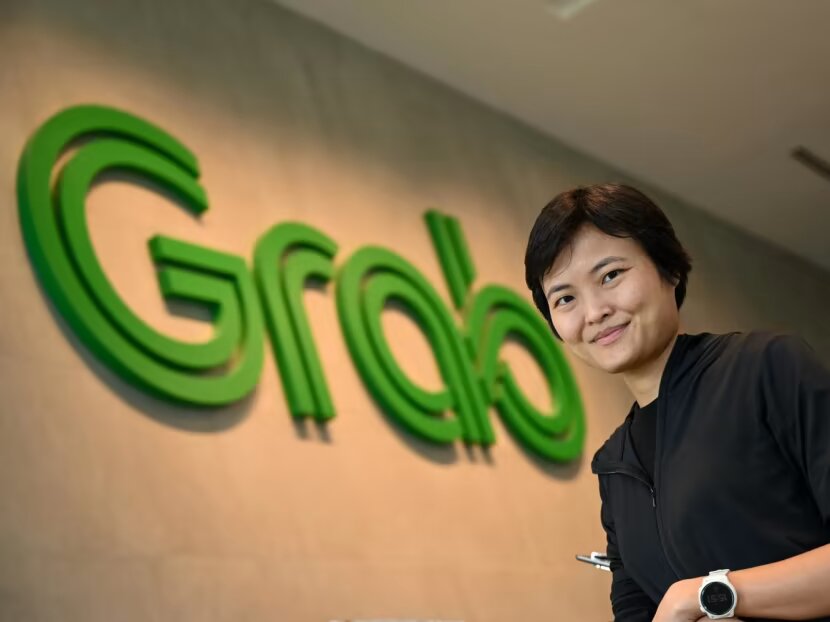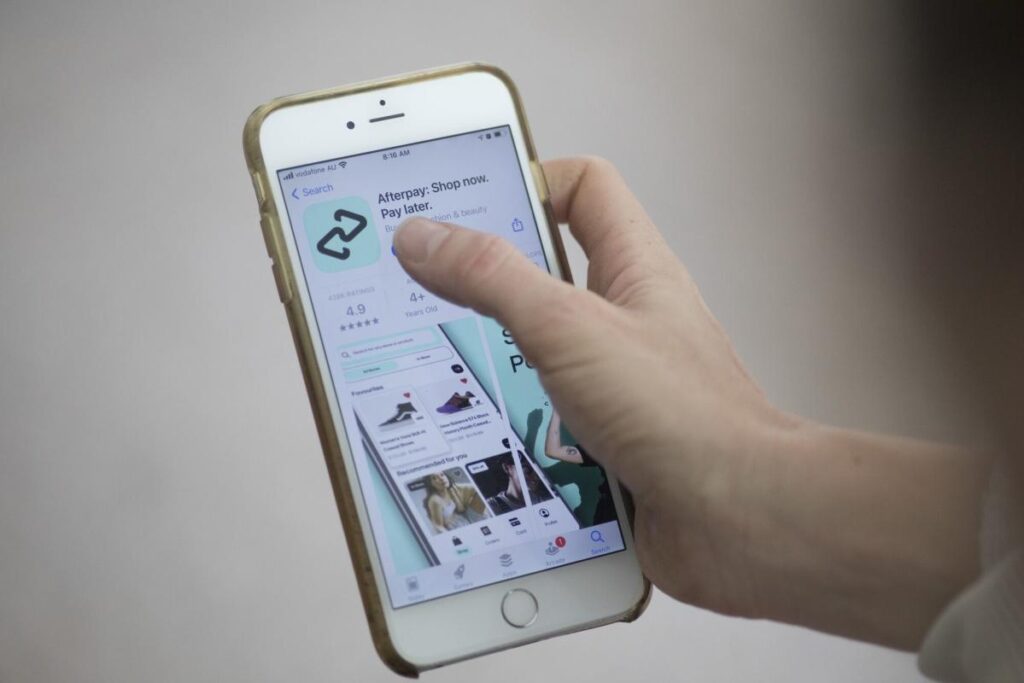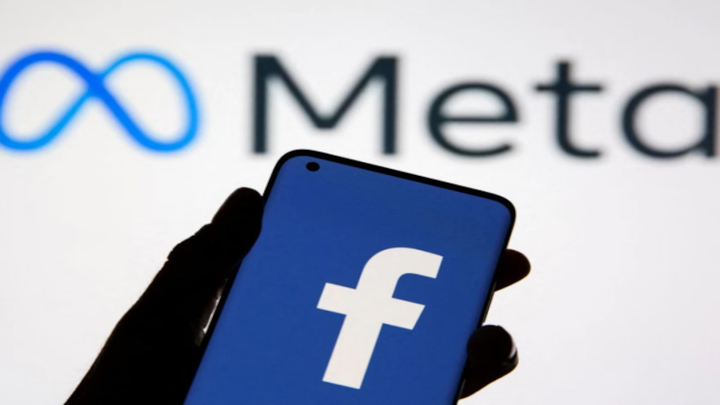Crypto exchange Gemini to soon operate in the UAE
The organization has visited stakeholders across the area to find out more about regional regulatory needs, as Gemini would begin the procedure of purchasing a crypto license as soon as possible to begin operations in the (UAE) United Arab Emirates, the digital currency trading platform declared late on Wednesday.
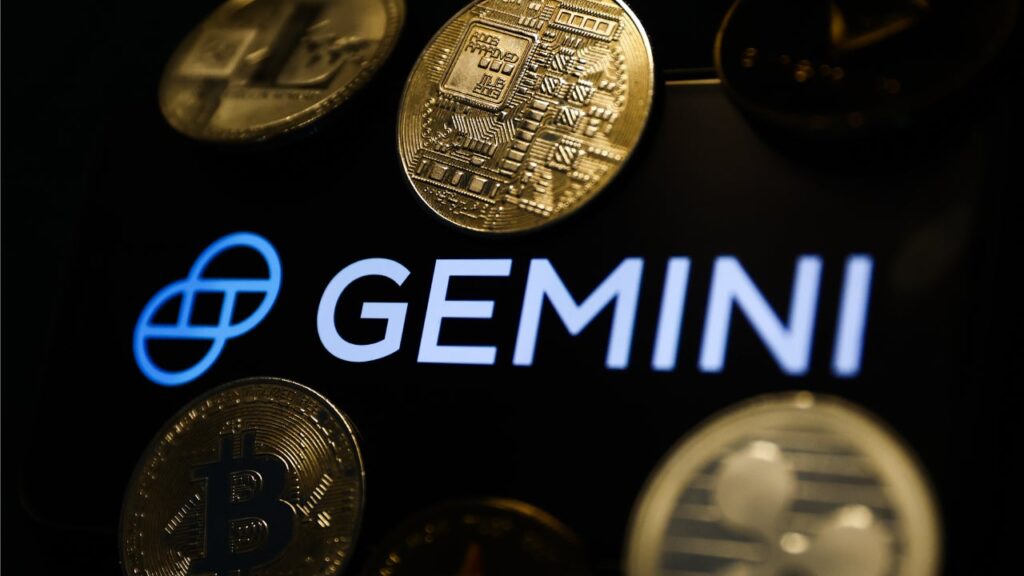
Cameron and Tyler Winklevoss, founders of Gemini & identical twins, are pushing for the adoption of cryptocurrency worldwide all through 20 nations.
Also Read: Google quietly ends support for decade-old Chromecast
Its promotion in the United Arab Emirates coincides with the nation’s attempts to create virtual asset regulations to draw in emerging business models as economic rivalry in the Gulf area intensifies.
“By applying for a license, we will be taking another step towards making Gemini a truly global company,” the exchange said in a blog post.
Source: nasdaq.com
When they intend to begin conducting business in the United Arab Emirates is not stated.
Most of the digital currency exchanges are healing from the collapse of Sam Bankman-Fried’s cryptocurrency exchange FTX and other downturns in the field and businesses are aiming to increase their international reach despite increasing conflicts between the US cryptocurrency industry and the regulators.
Gemini also introduced a derivatives service for trading perpetual futures contracts beyond the United States’ legal system previously in May.
The exchange debuted in 2014 and was accessible to users in the US in October 2015. The company began expanding internationally by the middle of 2016, primarily in Canada & the UK.
To serve the rapidly growing number of Asian cryptocurrency aficionados, Gemini quickly branched out in Hong Kong, South Korea, Singapore, and Japan. More than 60 different nations around the world use the exchange.
All current cryptocurrency exchanges now use the daily Bitcoin auctioning system that was first launched by Gemini in September 2016. In July 2017, daily ether bids were started.
Also Read: Why are Nvidia shares soaring?
Safety for users is Gemini’s main priority. While ready-to-use money is kept in an authorized hot wallet, the majority of user cryptocurrency is kept in offline cold storage.
Similar to various other digital money exchanges, Gemini lets you purchase and trade a variety of digital assets using fiat money or alternative digital currencies such as using bitcoin for purchasing bitcoin.
Gemini initially gave the impression that it was intended more for traders in institutions than for individual investors. Undoubtedly, it was also largely a Bitcoin exchange. That’s altered. On Gemini, you can buy and sell over 120 different cryptocurrencies, and all kinds of investors, as well as traders, are permitted.

I am a student pursuing my bachelor’s in information technology. I have a interest in writing so, I am working a freelance content writer because I enjoy writing. I also write poetries. I believe in the quote by anne frank “paper has more patience than person

